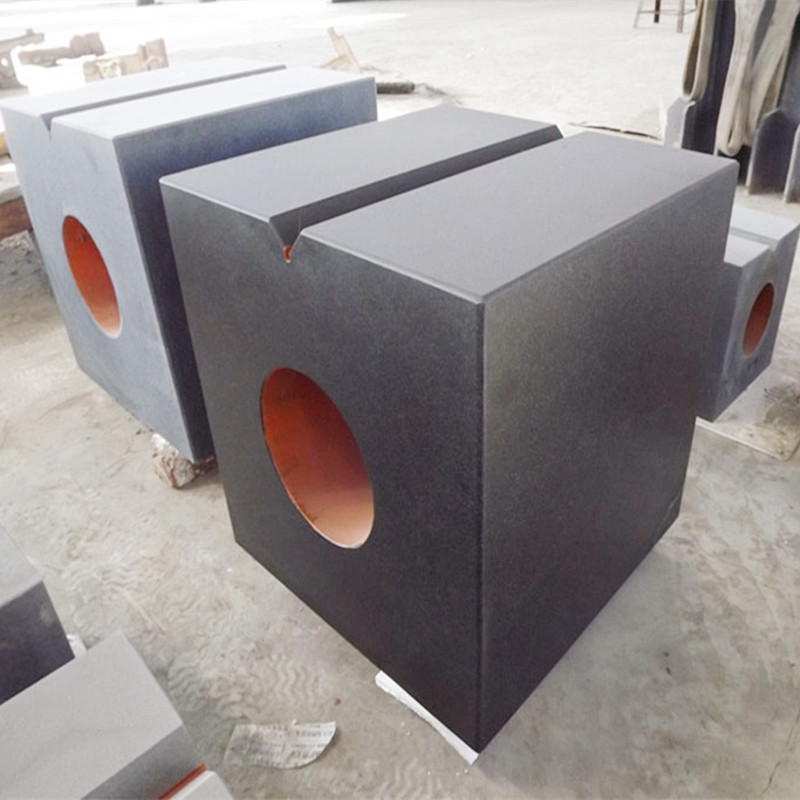Okt . 05, 2024 23:20 Back to list
horizontal ball check valve
Understanding Horizontal Ball Check Valves Mechanics, Applications, and Benefits
In the realm of fluid control systems, check valves play a crucial role by allowing fluid to flow in one direction while preventing backflow. Among various types of check valves, the horizontal ball check valve stands out due to its unique design and functional advantages. This article delves into the mechanics, applications, and benefits of horizontal ball check valves.
What is a Horizontal Ball Check Valve?
A horizontal ball check valve is a specific type of check valve that utilizes a spherical ball to seal the flow of fluid. Positioned horizontally in the pipeline, the valve consists of a ball that rests on a seat. When the fluid flows in the designated direction, it lifts the ball, allowing fluid to pass through. Conversely, if backflow occurs, the ball seats tightly against the valve body, preventing reverse flow.
This design significantly mitigates the risks of fluid backflow, which can cause various complications in industrial systems, such as contamination, damage to equipment, and inefficient operation.
Mechanism of Action
The operation of horizontal ball check valves is relatively straightforward. When fluid pressure is applied from the upstream side, it exceeds the gravitational force holding the ball in place. This pressure pushes the ball upwards, allowing fluid to flow. If the pressure drops or the flow reverses, gravity and fluid dynamics work together to drop the ball back into its seat, creating a seal that prevents reverse flow.
This mechanism is highly effective due to the spherical shape of the ball, which provides a tight seal with minimal wear and resistance. Such efficiency ensures reliable operation even in demanding conditions where other types of check valves might fail.
Applications
Horizontal ball check valves are commonly used in various industries and applications
1. Water and Wastewater Management - In municipal water systems, these valves prevent the backflow of contaminated water, ensuring safe drinking water delivery. - They are also used in wastewater systems to prevent flooding by stopping the reverse flow of sewage.
horizontal ball check valve

3. Oil and Gas Industry - These valves are used in pipelines to prevent backflow, protecting pumps and compressors from damage and ensuring reliable transportation of oil and gas.
4. Manufacturing and Chemical Processing - Horizontal ball check valves are employed in various chemical processing applications to avoid backflow that could lead to contamination or process failure.
Benefits of Horizontal Ball Check Valves
The advantages of using horizontal ball check valves extend beyond their basic functionality
1. Low Maintenance - Due to their simple design and durable materials, horizontal ball check valves typically require minimal maintenance, reducing operational costs.
2. High Efficiency - The ball's design allows for higher flow rates with lower pressure drops compared to other valve types, contributing to system efficiency.
3. Reliability - With fewer moving parts and a straightforward mechanism, horizontal ball check valves offer reliable service, reducing the likelihood of malfunction.
4. Versatility - These valves can be used in a wide range of applications and are compatible with various fluids, including water, oil, and chemicals.
5. Compact Design - Their horizontal positioning allows for easier installation in tight spaces without compromising flow dynamics.
Conclusion
Horizontal ball check valves are integral components in modern fluid control systems, offering efficient and reliable prevention of backflow in various applications. Their straightforward mechanism, coupled with durability and low maintenance needs, makes them ideal for industries ranging from municipal water management to manufacturing. As systems become more complex and the demand for reliable fluid handling increases, the role of horizontal ball check valves will likely continue to grow, ensuring safety and efficiency in fluid transport operations. Understanding these valves is essential for engineers and operators who seek to optimize system performance and reliability.
-
Why Metric Trapezoidal Thread is Ideal for Precision Motion ControlNewsAug.05,2025
-
The Unique Properties of a Block of Granite for Industrial UseNewsAug.05,2025
-
The Role of Flanged Y Strainers in Preventing Pipeline ClogsNewsAug.05,2025
-
The Importance of Regular Calibration for Master Ring GagesNewsAug.05,2025
-
How a Cast Iron Surface Table Enhances Accuracy in ManufacturingNewsAug.05,2025
-
Comparing Different Check Valve Types for Optimal Flow ControlNewsAug.05,2025
Related PRODUCTS









